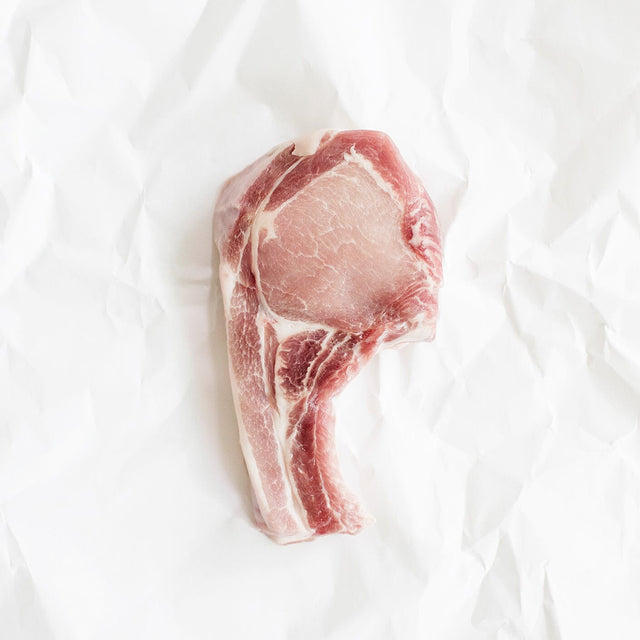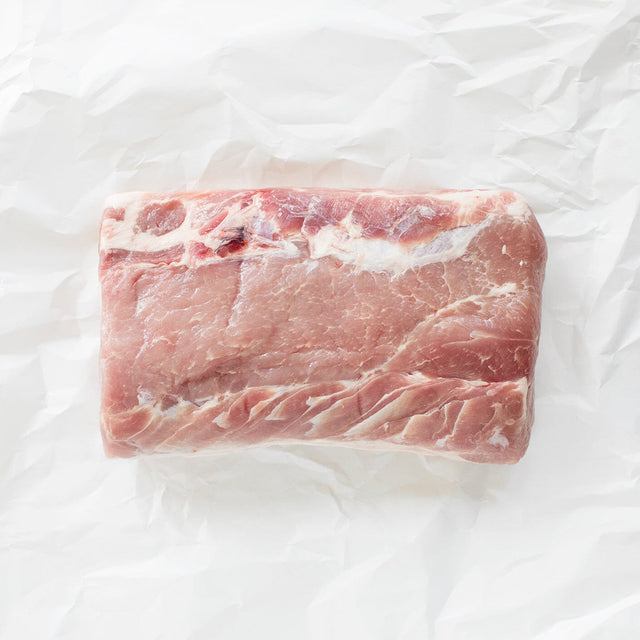Why do we love it so much? Read on for five favorite facts.
Origins as a British/Asian Hybrid
This pig’s cultural combination goes back to the 1700's when the British Berkshire pig was bred with a Chinese Siamese pig. The result produced the entirely black Berkshire pig that we see today, except for its white face, nose and tail. In the late 1800s, the Berkshire pig was imported to the United States and thrives under the auspices of the American Berkshire Association.
Kurobuta Cousins
Japanese farmers have created their own offshoot of the Berkshire pig called kurobuta. The Berkshire pig was introduced into Japanese agriculture through the Kagoshima Prefecture, and then bred with native black pigs to create pork that has been valued by Japanese diners for over 200 years.
It's Hard to Find – With Good Reason
Unless you have access to a specialty butcher or high-end grocery store, it's unlikely that you'll see Berkshire pork on your grocery shelves. Why is this? Since Berkshire pork can only be labeled as such if farmers are connected to the American Berkshire Association, large-scale grocery chains don't have the time to source these small connections.
Better Taste
If you're used to buying ordinary grocery store pork, you'll find chops and cuts with very little fat content, no marbling, and a vaguely pink exterior. The result is a mild meat. Berkshire pork is different because of its intense marbling, bright crimson color, and care that is exercised in the animal's processing to reduce stress. The result is a highly flavorful cut of meat that is tender, juicy and tastes slightly smoky like cured bacon.
High Standards
The value of Berkshire pork is in a variety of factors, like it being bred in much smaller quantities and with very strict quality standards. For a pig to be called "Berkshire," it has to be bred according to the American Berkshire Association's strict guidelines.
Ready to try Berkshire pork? Go whole hog and sample the double-bone chop.



